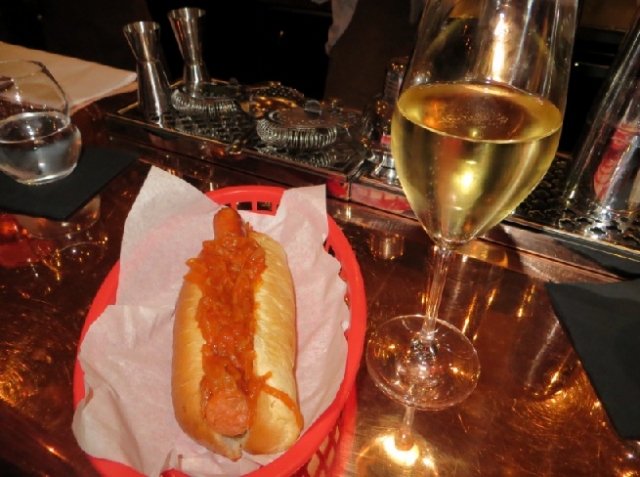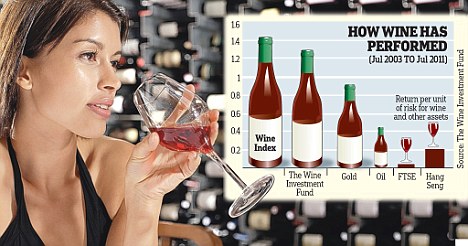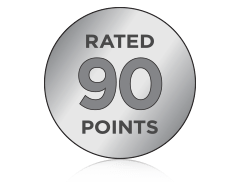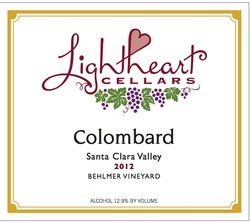I'm tired of the 100-point scale.
No offense intended towards Robert Parker, Jr., or anyone else who uses the scale. It's a system that is easy to understand, and we're all used to "90-points-plus means it's an 'A,' 80-89 is a 'B,' and anything less is unacceptable" idea. We got used to that in grade school. And regardless of our actual GPA, we've all gotten used to selecting wines that are no less than 88 points on that scale. In fact, when was the last time you saw a wine with a score lower than 86?
There are a couple issues with the system. First of all, a score lower than 86 may as well be a failing grade. I'm certainly not going to buy a wine that has such a low grade, regardless of price point, and I don't know anyone else who would do so, either. We have too many options available with higher published scores! Parker states in his explanation of his rating scale that a wine getting an 80-89 is still "very, very good; many of the wines that fall into this range are often great values as well." But who would buy a $50 bottle that gets less than 90 points? We want to make sure the wine is worth the initial investment. We are more likely to spend money on a bottle that is less pricey with a higher score, even though it might not actually taste better than the $50 89-point wine.
Our decisions have become reliant on those points on the price tag, regardless of how the wine tastes. In my days working at a wine retailer, I would have people come to me, dissatisfied because they had taken home a bottle that had received a 93-point rating--and didn't enjoy it. I was shocked at how many customers were completely reliant on the published score, rather than the description of the aromas and flavors present in the wine, to make their purchasing decisions! Listen, if you like light, crisp, acidic, Chablis-style chardonnay, a rich, heavy, buttery, oaky one is not going to be your favorite bottle, regardless of the 98 points it was awarded by a wine critic. It's just not going to fit your personal tastes.
That is the biggest problem with wine ratings; sure, they are helpful in determining which wines are better quality for their price point, but they have become too important in purchasing decisions. The most important question in wine-tasting is not "What's the score?" It's "Do you like it?" If the answer is yes, keep drinking! If it's no, pick a different wine. Life's too short and there are too many wines available for you to spend time drinking one you don't like.
...



